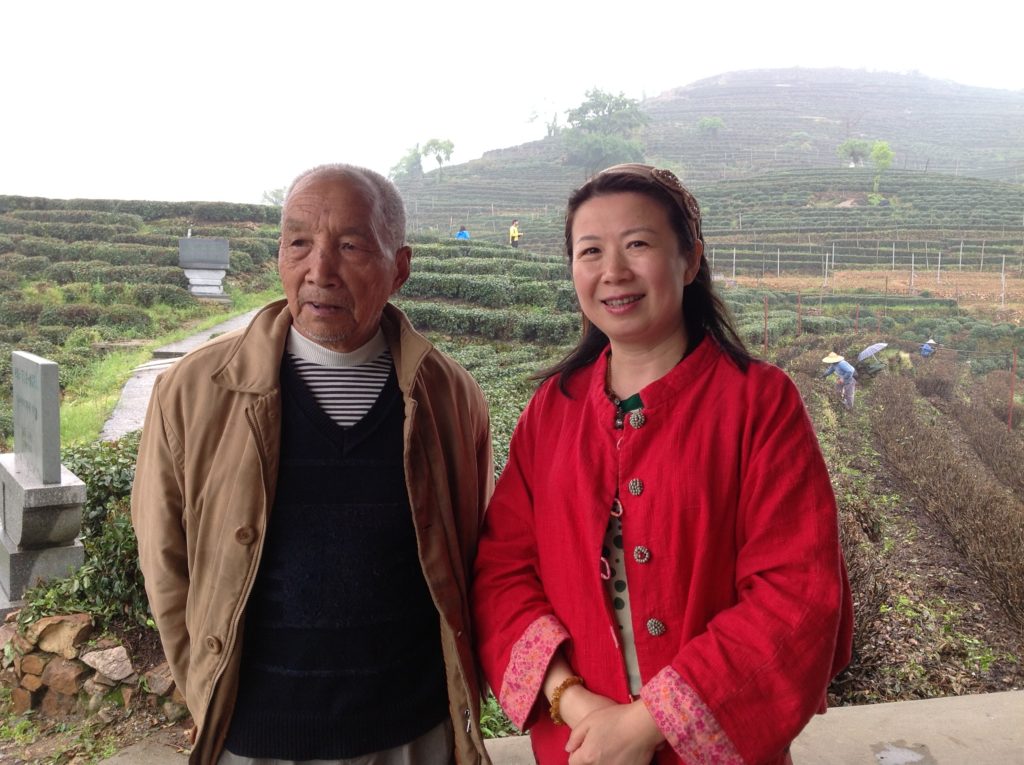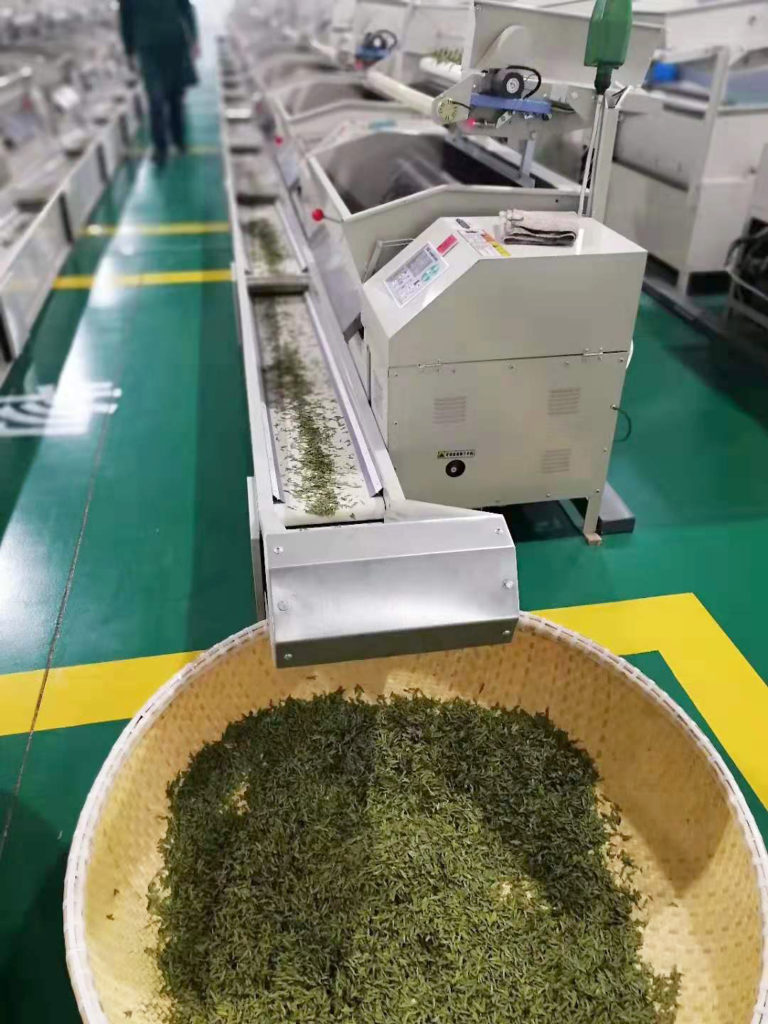Newsletter Archive Apr. 9, 2021
30 years ago, a sip of Longjing tea started a chain reaction that moved Seven Cups into existence. Austin received a gift of some curious flat-leaf tea from a friend who had just returned from his hometown in Zhejiang province, China. It was love at first brew. The only problem was, to get more of this tea, Austin had to get a plane ticket to China.
Many plane tickets later, Longjing tea has never stopped captivating us. We’ve always gone all-out on this tea. Sourcing early spring, buying from the highest grades available, even when people told us Americans would never accept the price. Now, in 2021 we’re once again delighted to offer you two authentic examples of China’s most celebrated tea: One beautifully modern, toasty and sweet and the other stubbornly traditional, nuanced and complex.
This year’s batch of Shifeng Longjing was made from the earliest harvest of the Weng family’s heirloom plants. Plucked just two weeks ago, on March 25th. Processed with extra care, bringing out the tea’s reticent orchid florals alongside its customary toastiness for a gentle yet layered brew.
Meanwhile, this early spring Da Fo Longjing stays the course with the classic rich and complex flavor and signature sweet notes of roasted soybean that are most pronounced when fresh.

Shifeng Longjing represents the old guard. Made from bushes grown from heirloom seed over 50 years ago, plucked according to the traditional standard of one bud and two young leaves, and then fully processed by hand. For the last 15 years, we’ve bought this tea from a single household in West Lake of Hangzhou, Zhejiang. They grow and process all their tea on a small plot in Longjing’s most prized origin. If you’re looking for the authentic traditional handmade Dragon Well, this is it.


Da Fo Longjing is the young contender. It’s Longjing from a new origin, but one now famous in its own right. Here gardens sit at higher elevation, growing modern early-yielding cultivars. Agriculture is larger in scale here, but these tea makers have an eye towards the long-term sustainability of their gardens. Their soil and tea bushes are nurtured according to guidelines for organic quality from the Chinese Academy of Agricultural Sciences. Tea is produced at scale, but without compromising what makes high-end Longjing so distinctive and enchanting. This seamless fusion of modern technique with traditional quality and standards is achievement in its own right.
2021’s spring tea is here. Cheers to the new. Cheers to the old. Cheers to you.
Teahouse Video Series
Do you miss talking tea with our tea house crew? Now you can join Wren and Santos for a (virtual) cup on YouTube every week. Today, Santos is making Mengding Ganlu (Sweet Dew), the first fresh tea of 2021. He’ll tell you a little bit about this tea’s long history. Watch out for a new tea each week.
